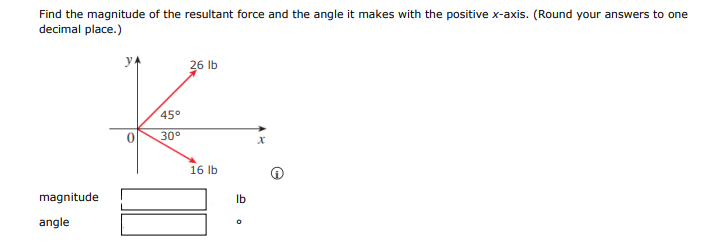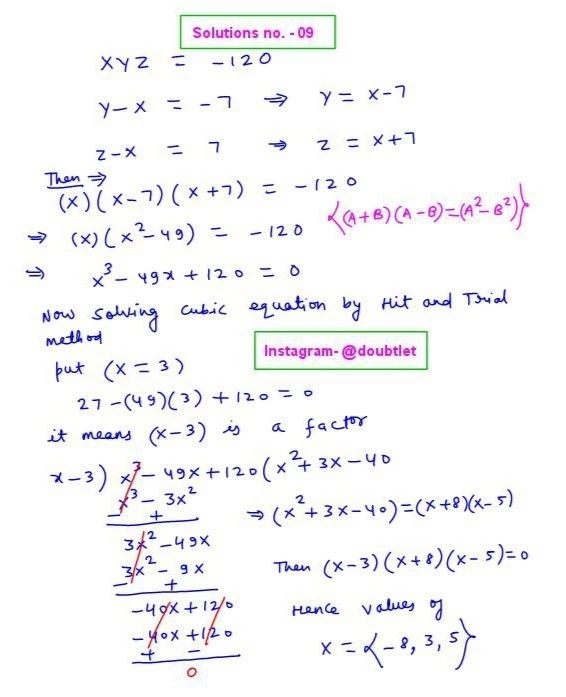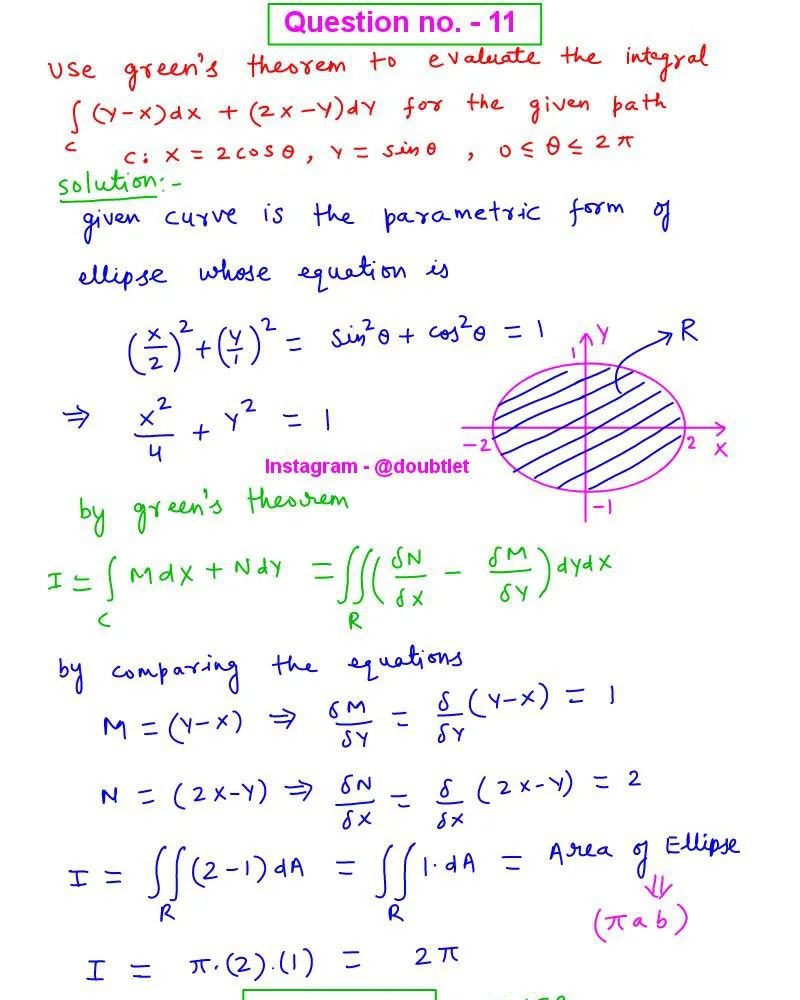









Question :
Find the magnitude of the resultant force and the angle it makes with the positive -axis. (round your answers to one decimal place.)
- one force is at above the -axis,
- the other force is at below the -axis.

Solution:

Neetesh Kumar | December 18, 2024
Calculus Homework Help
This is the solution to Math 1C
Assignment: 12.2 Question Number 13
Contact me if you need help with Homework, Assignments, Tutoring Sessions, or Exams for STEM subjects.
You can see our Testimonials or Vouches from here of the previous works I have done.
Step-by-step solution:
We will resolve each force into its horizontal () and vertical () components, sum the components, and then calculate the magnitude and angle of the resultant force.
Step 1: Resolve forces into components:
-
Force 1: at above the -axis
- Horizontal component:
- Vertical component:
Since :
,
. -
Force 2: at below the -axis
- Horizontal component:
- Vertical component: (negative because it’s below the -axis).
Since and :
,
.
Step 2: Find the resultant components:
The resultant force components are:
Substitute the values:
,
.
Step 3: Find the magnitude of the resultant force:
The magnitude of the resultant force is given by:
Substitute and :
Simplify:
Step 4: Find the angle with the positive -axis:
The angle is given by:
Substitute and :
Simplify:
Using a calculator:
Final Answers:
-
Magnitude:
-
Angle:
Please comment below if you find any error in this solution.
If this solution helps, then please share this with your friends.
Please subscribe to my Youtube channel for video solutions to similar questions.
Keep Smiling :-)
Comments(0)



Leave a comment